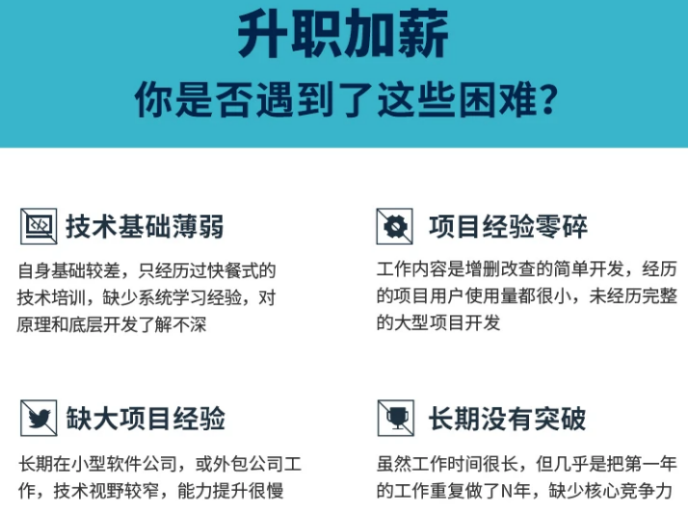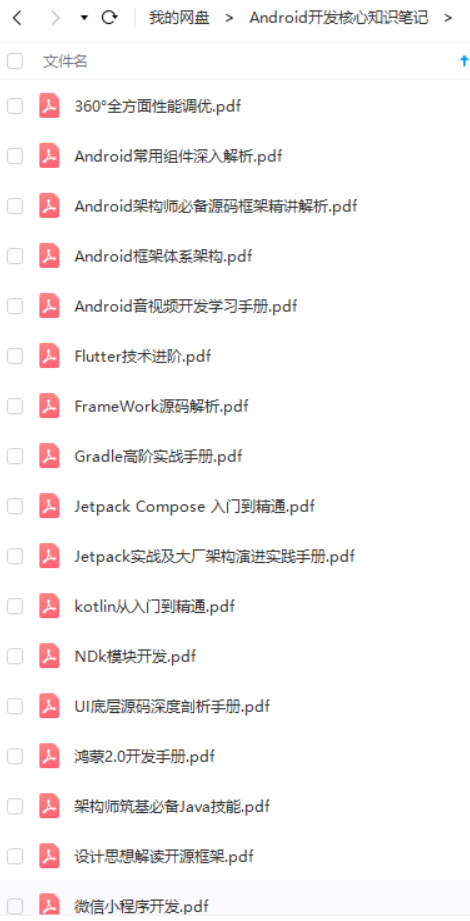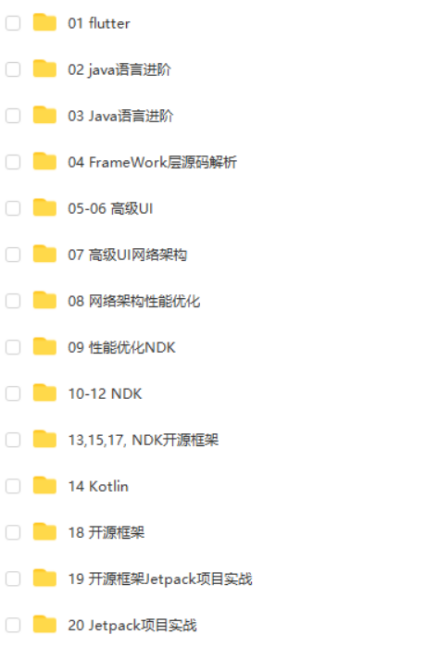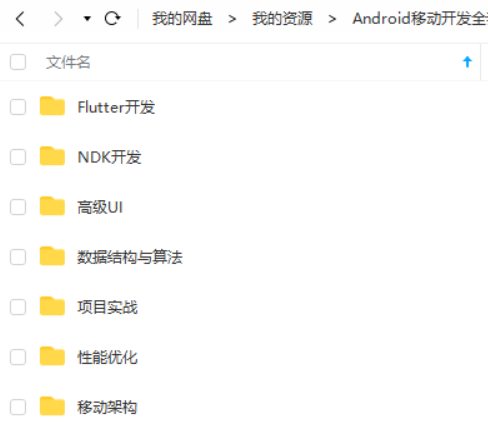以下是对上述问题的探讨:
一,《手册》原文的“SingleThreadPool”意为Java Executors的newSingleThreadExecutor静态方法。作者可能是为了简写或者记忆模糊写的。
Java源代码中的Executors静态方法newSingleThreadExecutor实现为:
/**
-
Creates an Executor that uses a single worker thread operating
-
off an unbounded queue. (Note however that if this single
-
thread terminates due to a failure during execution prior to
-
shutdown, a new one will take its place if needed to execute
-
subsequent tasks.) Tasks are guaranteed to execute
-
sequentially, and no more than one task will be active at any
-
given time. Unlike the otherwise equivalent
-
{@code newFixedThreadPool(1)} the returned executor is
-
guaranteed not to be reconfigurable to use additional threads.
-
@return the newly created single-threaded Executor
*/
public static ExecutorService newSingleThreadExecutor() {
return new FinalizableDelegatedExecutorService
(new ThreadPoolExecutor(1, 1,
0L, TimeUnit.MILLISECONDS,
new LinkedBlockingQueue()));
}
《手册》不知何故,似乎很钟情于用ThreadPoolExecutor来创建线程池,然而《手册》所反对的newSingleThreadExecutor,恰恰就是通过ThreadPoolExecutor实现的,Java原生Executors的源代码写的很清楚,并且,newSingleThreadExecutor创建的线程队列长度根本不是《手册》危言耸听的Integer.MAX_VALUE,而是1,队列长度为1的线程池如何OOM?如果仅有1条线程的线程池都OOM,那就不要怪Java原生的newSingleThreadExecutor,多从自身写的代码找找原因吧!
二,《手册》中提到的FixedThreadPool (newFixedThreadPool)情况和newSingleThreadExecutor类似。《手册》反对使用newSingleThreadExecutor,理由也是“允许的请求队列长度为Integer.MAX_VALUE,可能会堆积大量的请求,从而导致 OOM”。
我们还是先看看Java原生代码是怎么实现newFixedThreadPool吧:
/**
-
Creates a thread pool that reuses a fixed number of threads
-
operating off a shared unbounded queue. At any point, at most
-
{@code nThreads} threads will be active processing tasks.
-
If additional tasks are submitted when all threads are active,
-
they will wait in the queue until a thread is available.
-
If any thread terminates due to a failure during execution
-
prior to shutdown, a new one will take its place if needed to
-
execute subsequent tasks. The threads in the pool will exist
-
until it is explicitly {@link ExecutorService#shutdown shutdown}.
-
@param nThreads the number of threads in the pool
-
@return the newly created thread pool
-
@throws IllegalArgumentException if {@code nThreads <= 0}
*/
自我介绍一下,小编13年上海交大毕业,曾经在小公司待过,也去过华为、OPPO等大厂,18年进入阿里一直到现在。
深知大多数初中级Android工程师,想要提升技能,往往是自己摸索成长或者是报班学习,但对于培训机构动则近万的学费,着实压力不小。自己不成体系的自学效果低效又漫长,而且极易碰到天花板技术停滞不前!
因此收集整理了一份《2024年Android移动开发全套学习资料》,初衷也很简单,就是希望能够帮助到想自学提升又不知道该从何学起的朋友,同时减轻大家的负担。





既有适合小白学习的零基础资料,也有适合3年以上经验的小伙伴深入学习提升的进阶课程,基本涵盖了95%以上Android开发知识点,真正体系化!
由于文件比较大,这里只是将部分目录截图出来,每个节点里面都包含大厂面经、学习笔记、源码讲义、实战项目、讲解视频,并且会持续更新!
如果你觉得这些内容对你有帮助,可以扫码获取!!(备注:Android)

最后说一下我的学习路线
其实很简单就下面这张图,含概了Android所有需要学的知识点,一共8大板块:
- 架构师筑基必备技能
- Android框架体系架构(高级UI+FrameWork源码)
- 360°Androidapp全方位性能调优
- 设计思想解读开源框架
- NDK模块开发
- 移动架构师专题项目实战环节
- 移动架构师不可不学习微信小程序
- 混合开发的flutter

Android学习的资料
我呢,把上面八大板块的分支都系统的做了一份学习系统的资料和视频,大概就下面这些,我就不全部写出来了,不然太长了影响大家的阅读。
330页PDF Android学习核心笔记(内含上面8大板块)

Android学习的系统对应视频
总结
我希望通过我自己的学习方法来帮助大家去提升技术:
-
1、多看书、看源码和做项目,平时多种总结
-
2、不能停留在一些基本api的使用上,应该往更深层次的方向去研究,比如activity、view的内部运行机制,比如Android内存优化,比如aidl,比如JNI等,并不仅仅停留在会用,而要通过阅读源码,理解其实现原理
-
3、同时对架构是有一定要求的,架构是抽象的,但是设计模式是具体的,所以一定要加强下设计模式的学习
-
4、android的方向也很多,高级UI,移动架构师,数据结构与算法和音视频FFMpeg解码,如果你对其中一项比较感兴趣,就大胆的进阶吧!
希望大家多多点赞,转发,评论加关注,你们的支持就是我继续下去的动力!加油!
《互联网大厂面试真题解析、进阶开发核心学习笔记、全套讲解视频、实战项目源码讲义》点击传送门即可获取!
进阶吧!
希望大家多多点赞,转发,评论加关注,你们的支持就是我继续下去的动力!加油!
《互联网大厂面试真题解析、进阶开发核心学习笔记、全套讲解视频、实战项目源码讲义》点击传送门即可获取!






















 883
883

 被折叠的 条评论
为什么被折叠?
被折叠的 条评论
为什么被折叠?








